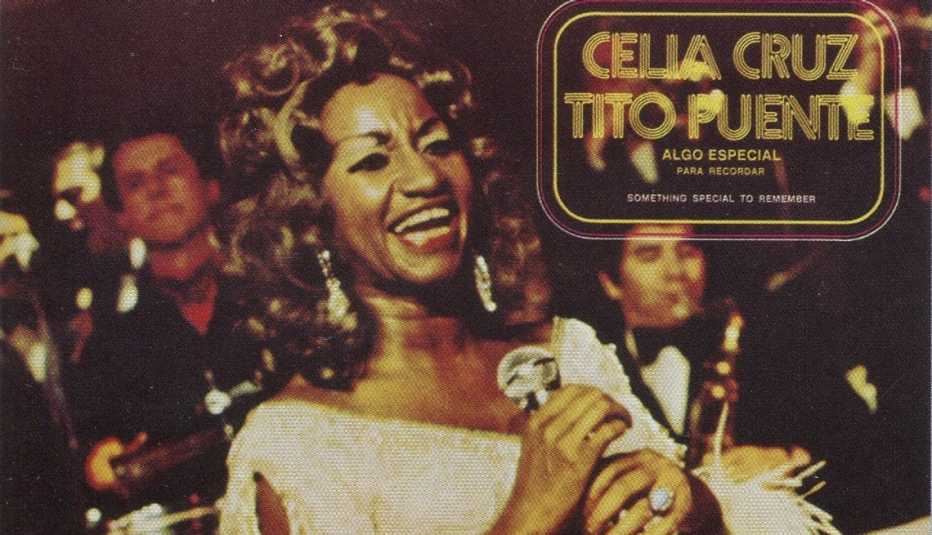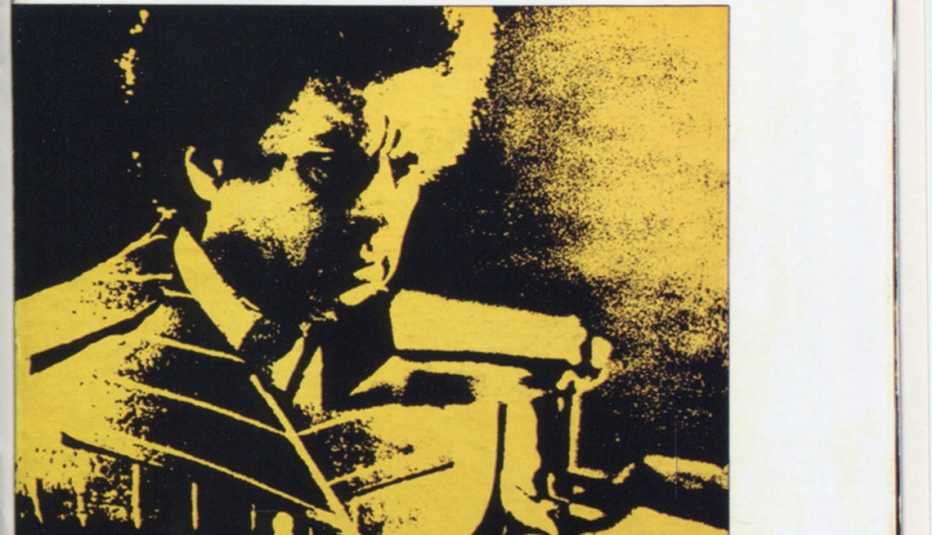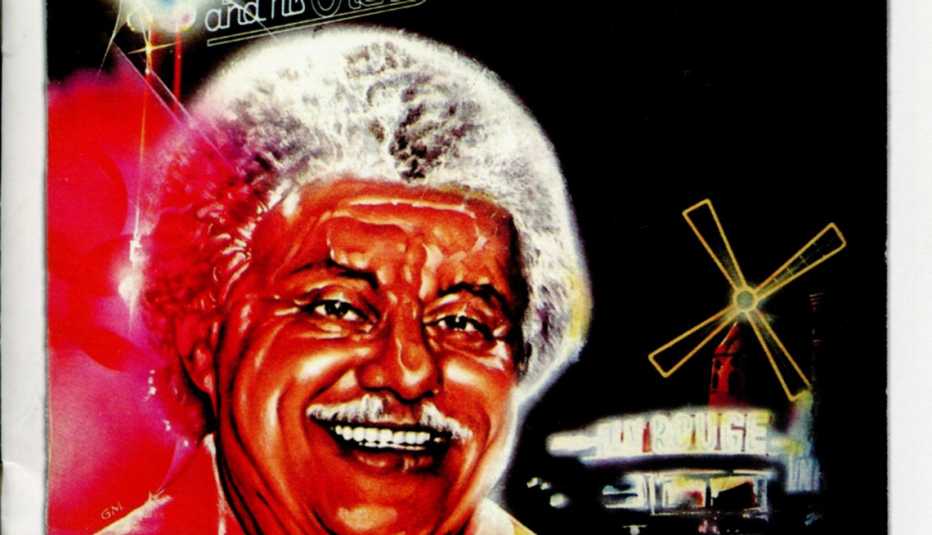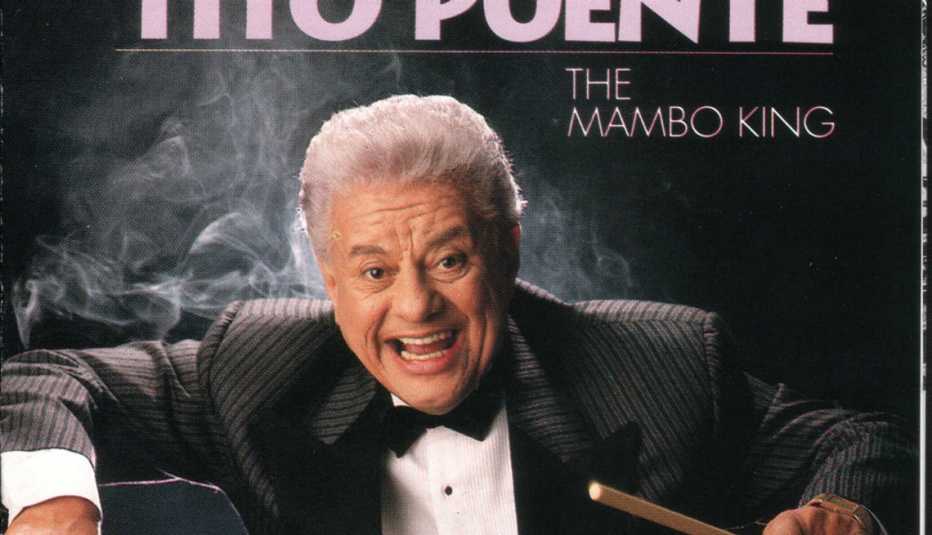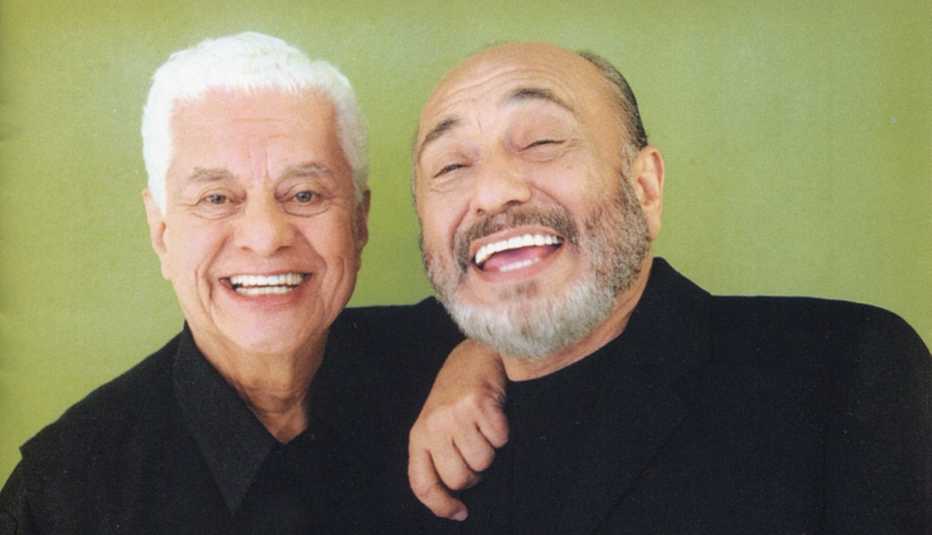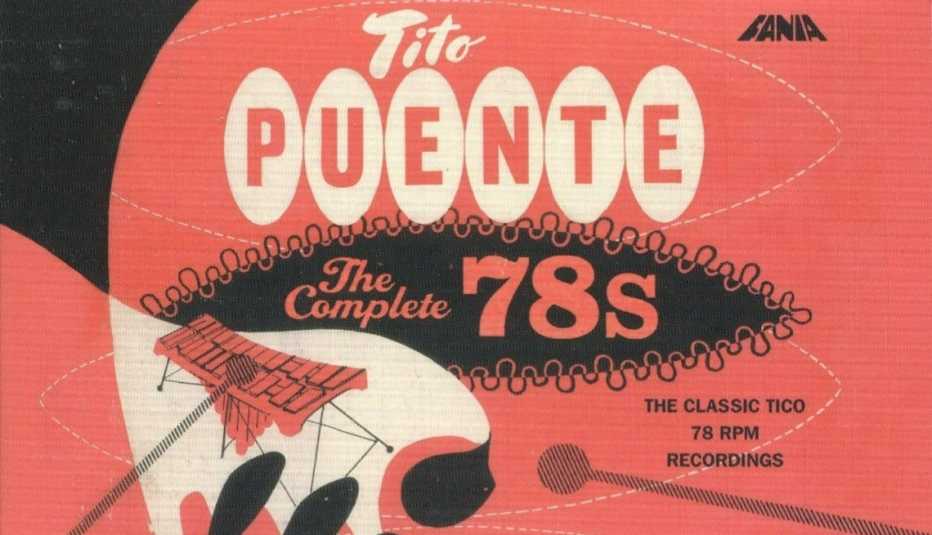AARP Hearing Center
Latin jazz master Tito Puente, who died at 77 in 2000, would have turned 100 on April 20. The music world is celebrating his centennial, and you can find out why by listening to his 15 best albums. They encompass his influentially wide range of styles, from mambo to classic salsa, jazz, funk and soul. As he put it in his signature 1962 hit, “Oye cómo va”: Listen how it goes!
Puente in Percussion (1956)


One of the most important percussion albums in history, this LP was recorded in a studio that was only available to the musicians starting at midnight. Puente was accompanied by a team of percussion virtuosos: Mongo Santamaría, Willie Bobo and “Patato” Valdés. As the story goes, these artists sat and looked at each other without knowing what to do until Puente opened a bottle of rum, toasted his friends and started recording.
Dance Mania (1958)

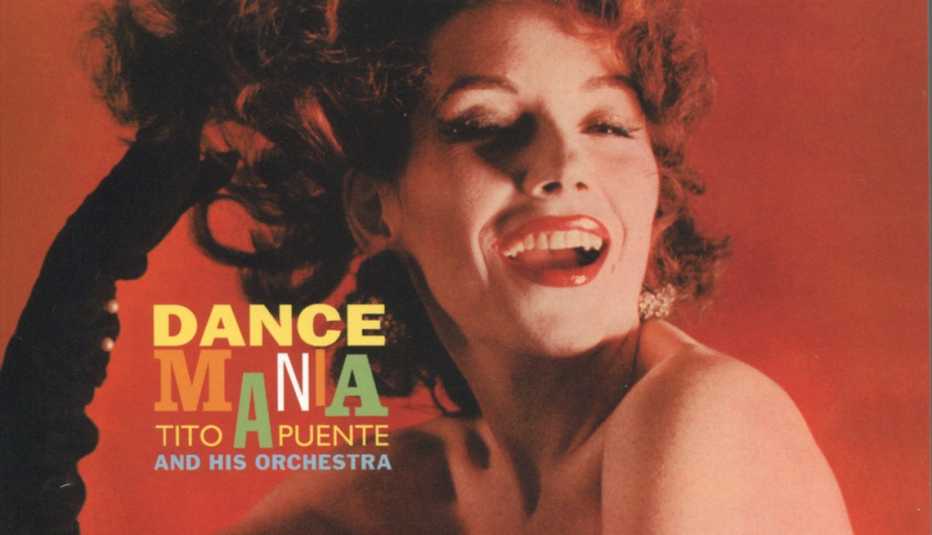
A perfect introduction to the sound universe of Puente, this album ranges from the exotic hum of “Hong Kong Mambo” to the naughtiness of “Saca tu mujer” to the elegant cha-cha-cha of “El cayuco.” With its impeccable arrangements and crystal-clear aesthetic, it still sounds fresh and innovative decades later.
Tambó (1960)

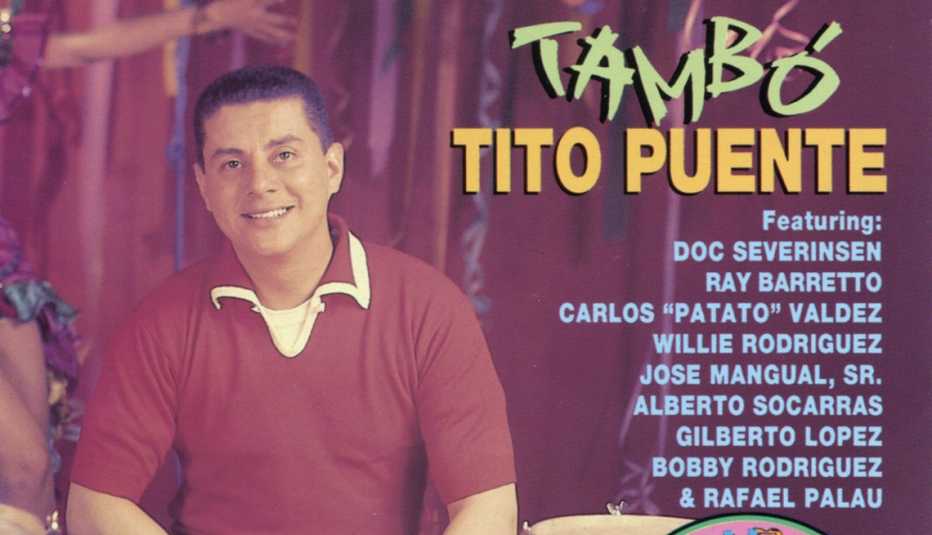
If Dance Mania was a populist album, Tambó is a delicacy for refined ears, a session as experimental as it is powerful. Just listen to “Call of the Jungle Birds,” with its sinuous melody and sharp percussion. A masterpiece that well deserves to be acclaimed, again.
Pachanga in New York (1961)

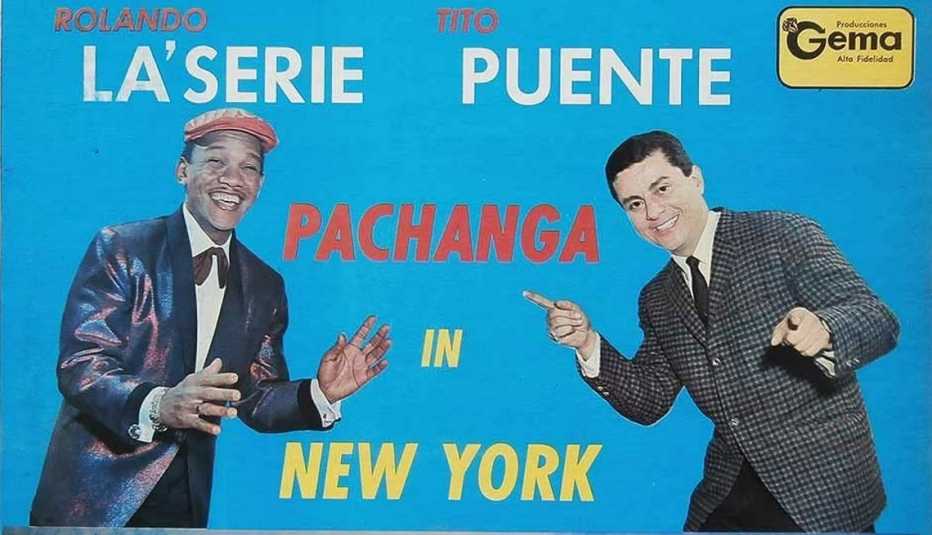
Puente’s recordings are so extensive that, in addition to the many albums with his regular top singers — Celia Cruz, La Lupe, Santitos Colón — he gave us unexpected collaborations with many other of the greatest vocalists of the time. Born in Santa Clara, Cuban sonero Rolando Laserie was well known for his hearty tropical versions of Argentinean tangos. This sizzling session with Puente features a superb take on “El manisero” (“The Peanut Vendor”) and lavish boleros such as “Flores negras.”
El Rey Bravo (1962)

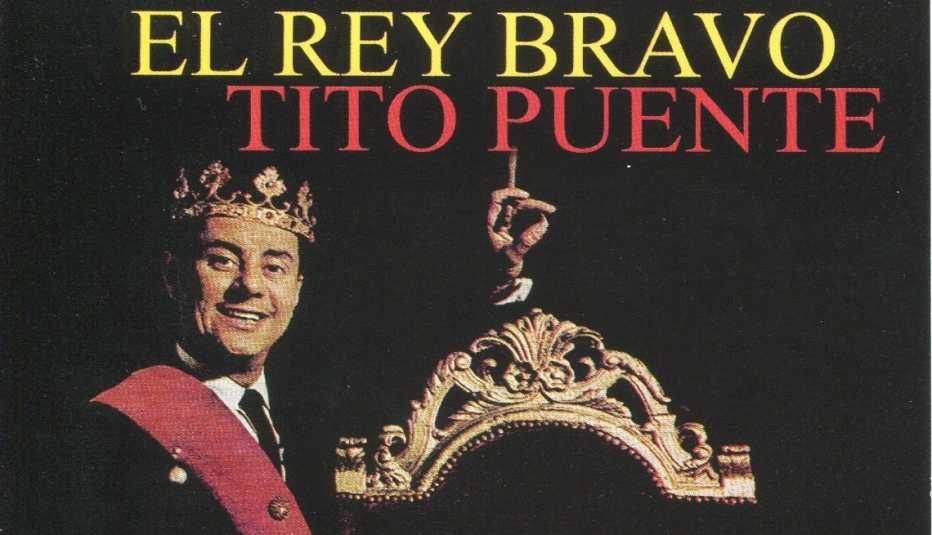
In addition to the electrifying jazz of “Tokyo de noche,” this 1962 session with flute solos and a whiff of charanga includes the original “Oye cómo va,” a composition by Puente that would be transformed into a 1970s Chicano rock anthem by guitarist Carlos Santana. With his fine sense of irony, Puente used to say he loved Santana’s version, especially when he got the royalty checks in the mail.
Tito Puente Swings, the Exciting Lupe Sings (1965)


An explosive combination: Puente’s 1960s orchestra with the voice of the indescribable La Lupe, a Cuban diva with a reputation for paroxysms onstage, tearing off her clothes and attacking her own musicians. She behaved with Puente, mixing fire with fire, revolutionizing the bolero with songs of lost love like “Qué te pedí.”



































































